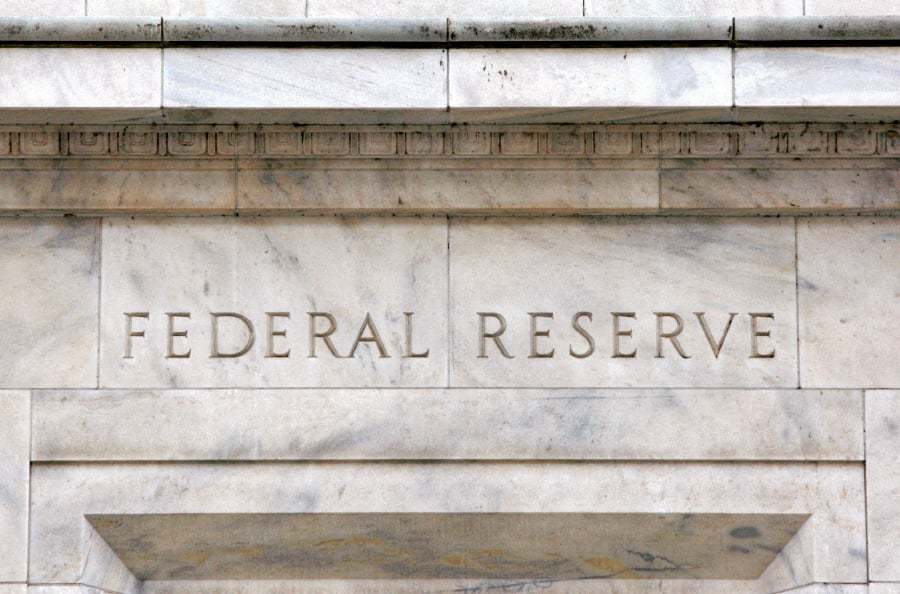KUALA LUMPUR: The US Federal Reserve (Fed) has reached its peak for funds rates, and economists expect rate cuts this year to range from zero to 10 times.
Eastspring Investments said in a note that this presents opportunities and the potential for high volatility in asset markets in 2024.
It states that economic theory dictates that monetary policy drives growth lower as the cost of money increases, steering economic agents such as consumers, corporations, and small businesses, to borrow less and spend less.
This, in turn, drives prices lower and unemployment higher. Corporates seeing a drop in demand will cut their workforce, which in turn reduces household income growth.
This continues until the central bank believes growth and inflation have slowed enough to begin cutting interest rates.
"In the last 50 years, the Fed has gone through nine aggressive hiking cycles, five of which led to a hard landing and two of which led to a soft landing.
"Only one out of the nine episodes saw US growth relatively steady despite rate hikes between 2015 and 2018. Subsequently, the Covid-19 pandemic hit and tipped the US economy into a recession. Hence, based on history, we think the Fed is unlikely to be able to engineer a "no landing" scenario."
"Most economists estimate a two- to eight-quarter lag before monetary policy impacts the real economy. More recently, macroeconomic researchers have found that monetary policy impacts the unemployment rate with a 27-month lag at its peak.
"We are approaching the tail end of that timeline, but not out of the woods yet. The latest Fund Manager Survey by the Bank of America suggests that 23 percent of global investors expect there to be "no landing" and only 11 per cent expect a "hard landing"," it said in a note.
Eastspring's multi-asset team believed the chain was intact and that this time monetary policy transmission was elongated, not broken.
"However, if the Fed continues to keep rates high when the debts are due for refinancing, the economy will adjust; we are beginning to see the impact of higher rates on United Kingdom and European homeowners where fixed rate mortgages are less prevalent.
"Until then, we may see continued spending by US consumers, a reacceleration of the manufacturing sector, and growing confidence that the Fed has managed to engineer a "no landing" scenario," it added.






